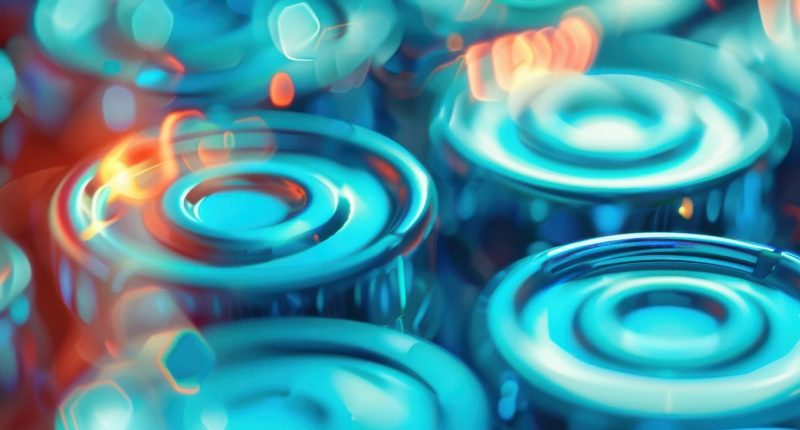Last week, Lithium Universe Ltd (ASX:LU7) published a prefeasibility study for its planned lithium refinery at Bécancour in Quebec, indicating a strong financial framework for the project – including pre-tax net present value (NPV) of US$779 milllion, an internal rate of return (IRR) of 23.5% and payback of 3.5 years.
This is based on construction of a refinery designed to produce 18,270 tonnes per year of green lithium carbonate, which will become feed for LFP batteries.
The plant itself will have a small, off-the-shelf design, and will springboard from the technology, know-how and partnerships developed at Galaxy Resources’ Jiangsu lithium refinery in China – a project which involved many current employees at Lithium Universe, dubbed their ‘Lithium Dream Team’.
Among these is LU7’s head of lithium carbonate refinery John Loxton, who was previously project manager with consultancy Hatch – which provided full EPCM services, commissioning support, advice and other engineering services for Jiangsu.
Mr Loxton was one of several members of the ‘Dream Team’ who features in a recent series of videos produced by Lithium Universe to provide investors with an insight on how the Bécancour project is moving forward.
A design built from previous success
Mr Loxton said that knowledge accrued through this process had been essential to guiding plans for Bécancour.
“We’re taking the lessons we learned and the knowledge we have from the Jiangsu plant, and applying it to a Canadian location,” he said.
“So in undertaking a project such as Becancour, there are two critical things.
“First, use of proven technology, and second: embed a team with operational and development experience into the design, so that you can be certain that the plant will start up and operate as required.”
He said that the Canadian refinery would only be changed from the design in China when absolutely necessary, since introducing changes also introduced risk.
In terms of the key refinery processes, they would remain the same, he assured investors.
“We are not changing any of the process: the process is contained within a temperature-controlled building, so there is no change because of winter,” Mr Loxton said.
However, there would be some variation in terms of layout, especially when it came to the distance between different processes.
“We had the benefit of having a clean site, so we took the unit processes and laid them out end to end, minimising the distances between them in a logical sequence,” he said.
“This also allowed us to lay them out so that we could get an efficient building that would envelope the entire process plant, which was required to deal with the winterisation in Canada.”
Getting to grips with lithium
Lithium Universe’s non-executive director Dr Jingyuan Liu – who with Galaxy Resources oversaw engineering and construction of the Jiangsu plant – said in another video that the use of lithium-iron-phosphate (LFP) as battery cathode material was becoming more popular than the previously dominant nickel-manganese-cobalt (AMC) batteries.
The former uses lithium carbonate, so this was the product which LU7 chose to produce from its Canadian refinery, as opposed to lithium hydroxide – which is the central feed stock for AMC batteries.
“In the last few years the lithium conversion industry in China and outside China has been focused on lithium hydroxide production,” he said.
“However, recently, LFP batteries’ capacity has increased a lot by optimisation of the battery geometries.
“Most of the Chinese lithium hydroxide plants switched to lithium carbonate production. In 2024, LFP batteries are expected to gain 87% of energy storage.”
Dr Liu said the process of creating both was quite similar at the front end.
“The only difference is in production. The lithium carbonate uses sodium carbonate, the lithium hydroxide uses sodium hydroxide as a reagent,” he said.
He added that the production of lithium hydroxide was also riskier, with high alkaline levels meaning that workers had to wear heavy masks.
“We believe that LFP batteries will be adopted gradually….and that demand for lithium carbonate will grow faster than that of lithium hydroxide,” Dr Liu said.
The PFS videos can be viewed here.
At 14:01 AEDT, Lithium Universe was trading at 1.4 cents – a rise of 16.67% since the market opened.
Join the discussion: See what HotCopper users are saying about Lithium Universe and be part of the conversations that move the markets.









